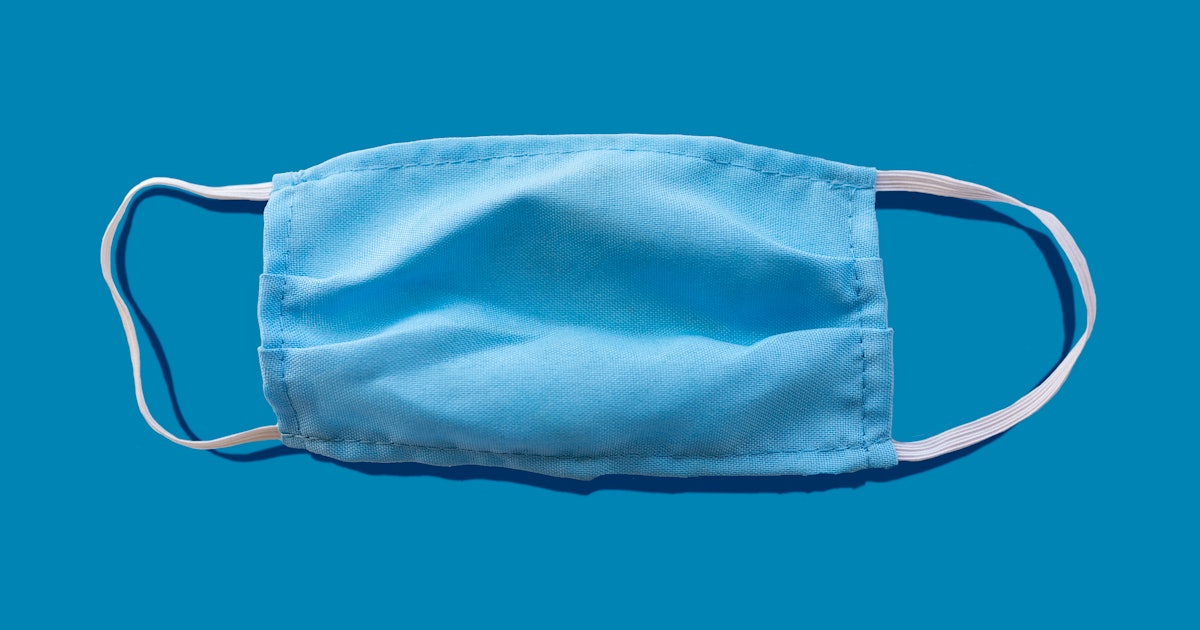
[ad_1]
The emergence of new, potentially more infectious coronavirus variants has led many people to worry about the effectiveness of their masks in protecting themselves and others against Covid-19. Some experts recommend that people wear two masks to increase protection.
Masks have been the subject of much debate since the start of the pandemic. Today, most governments and health organizations recommend wearing them to prevent transmission of Covid-19.
But not all masks are the same, and not all are widely available. At the start of the pandemic, the global shortage of personal protective equipment, including masks, led to the massive adoption of reusable cloth face coverings.
Soon after, in every store, place of worship, restaurant, public transport and other common areas, different face coverings appeared, as well as different issues. Now every day we see masks that don’t fit properly, masks that slip over the face when we speak, masks that fog our glasses or irritate the skin behind the ears, not to mention the eternal question. to know where to keep our masks when we take them off.
Part of the problem is the lack of official guidelines on what makes a good mask. But late last year, the World Health Organization released a guidance document, which addressed three important elements for factory-made fabric face masks. The guide defines minimum thresholds for fit, filtration and breathability.
Here we explain why these three are important and why you should think about what mask you wear and how you wear it.
3. Is your mask right for you?
The fit of the face mask is essential to avoid spaces between the skin and the mask so that, when breathing, aerosols are not diverted by the spaces, for example, those around our nose. This phenomenon is called “leakage”. Our research has also indicated that leakage is one of the main issues with mask effectiveness.
With a diverse range of facial features and profiles, it’s easy to see why – a mask design that fits perfectly on one person’s nose will leave big gaps compared to another. The thread embedded around the nose section, even when squeezed, can move and cause gaps during conversation, and gaps can form around the cheek and jaw as well.
One of the most important things to check, therefore, is how your mask fits your face. Is there a lot of air escaping from the top or sides? If so, consider purchasing a different size mask that fits your mouth and nose better.
2. How does it filter particles?
The issue of leakage goes hand in hand with the ability of face masks to filter infectious agents from aerosols and droplets while still allowing the user to breathe properly.
To approach filtration, we need to determine how aerosols can penetrate through different masks. Masks work by modulating the flow of air through the fabric, reducing the number of particles passing in each direction.
Many different materials are used in masks, including fabric, different types of polymers, and nanofibers. Surgical masks are made from layers of polypropylene, which is a plastic material.
Different fabrics were tested for filtration efficiency, with several layers of polyester and cotton proving the most effective. It is therefore worth checking what your mask is made of when purchasing it. Also, don’t worry about washing your cloth face mask. Preliminary results from our research show that good filter cloths actually improve their filterability over time and are effective for up to 50 washes.
1. Is it comfortable?
Breathability and comfort are also essential in encouraging people to wear their mask correctly.
Reports suggest that users may experience a headache, itchy face, and perceived difficulty breathing due to the increased skin and air temperature when wearing masks.
If our masks are uncomfortable, it is more likely that we are not wearing them correctly, which can contribute to the spread of Covid-19. So make sure that your mask doesn’t make you so uncomfortable that you have to take it off periodically, which could hamper all your good work.
Find the best face mask
How can we make sure we are wearing the best mask covering to prevent transmission? We are working with industry groups to solve this problem and improve the design, assess fabric filtration and raise awareness of the importance of the three key elements.
The good news is that our preliminary data shows that reusable face masks and cloth coverings are able to achieve excellent particle filtration which produces good seals to reduce the risk of leaks on different facial profiles. The use of reusable face masks also reduces the waste of single use surgical masks, which is a growing problem.
Based on advice from the World Health Organization and our research, we can say that as long as your mask fits you well and comfortably, with minimal leakage, you can be sure to wear it, even with the climb. new variants of the virus.
This article was originally published on The conversation through Fiona Henriquez, Mia Cousins Burleigh, and William MacKay at UCL. Read it original article here.
Source link